#Margaret of Austria
Text
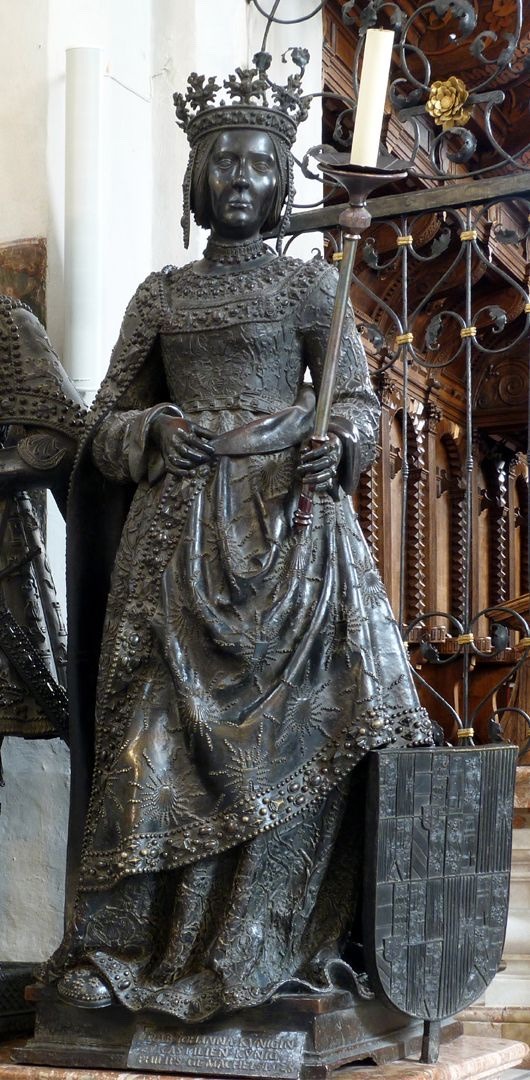

Bronze statues of Juana I of Castile and Archduchess Margaret of Austria in the Empty Tomb of Emperor Maximillian I
#juana of castile#juana i of castile#joanna of castile#Joanna I of Castile#Margaret of Austria#tomb#art#bronze sculpture#bronze statue#northern renaissance art#northern renaissance#renaissance art#renaissance#sixteenth century#16th century art#16th century#art history#history of art#maximilian i#holy roman empire#holy roman emperor
79 notes
·
View notes
Text




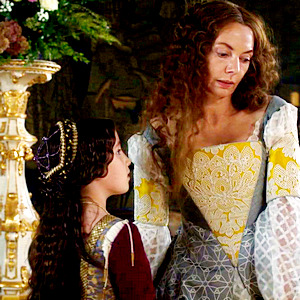
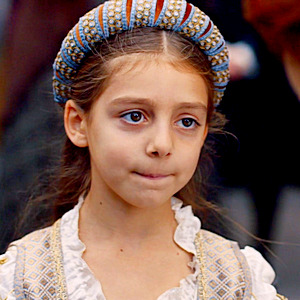
𓅃 ANNE BOLEYN APPRECIATION WEEK 𓅃
Day Two - Favourite Historical Anne Quote (either by Anne herself or about Anne):
I find her so bright and pleasant for her young age that I am more beholden to you for sending her to me than you are to me.
— Margaret of Austria, Duchess of Savoy to Thomas Boleyn, English Ambassador to the low countries.
#the spanish princess#thespanishprincessedit#perioddramaedit#anneboleynweek#anne boleyn#margaret of austria#my edits
148 notes
·
View notes
Text
By the second decade of the sixteenth century, Margaret of Austria, Princess of Asturias and Duchess of Savoy, had become one of the most powerful and influential women in Europe. According to Jean Lamaire, her court historian, Margaret was skilled in 'vocal and instrumental music' having been taught by the organist Govard Nepotis, 'in painting and in rhetoric' and 'in the French as well as Spanish language.' A contemporary visitor described Margaret herself as 'not unpleasant looking and her appearance is truly imperial and her smile full of charm' and Castiglione referred to her as one of the 'noblest' examples of contemporary womanhood, who governed her state 'with the greatest wisdom and justice.' Jean Molinet, her almoner and librarian, praised using the typical symbol of the Marguerite, or daisy, a floral metaphor for the most influential women of the time who bore the name.
Anne Boleyn: Adultery, Heresy, Desire (Licence, Amy)
4 notes
·
View notes
Text

Oil Painting, ca. 1605, Spanish.
By Juan Pantoja de la Cruz.
Portraying Margaret of Austria, Queen Consort of Spain in a white dress with gold details.
Royal Collection Trust.
#Margaret of austria#Juan Pantoja de la Cruz#womenswear#1605#1600s#1600s Spain#Spain#Spanish#1600s dress#1600s painting#royal collection trust
19 notes
·
View notes
Text
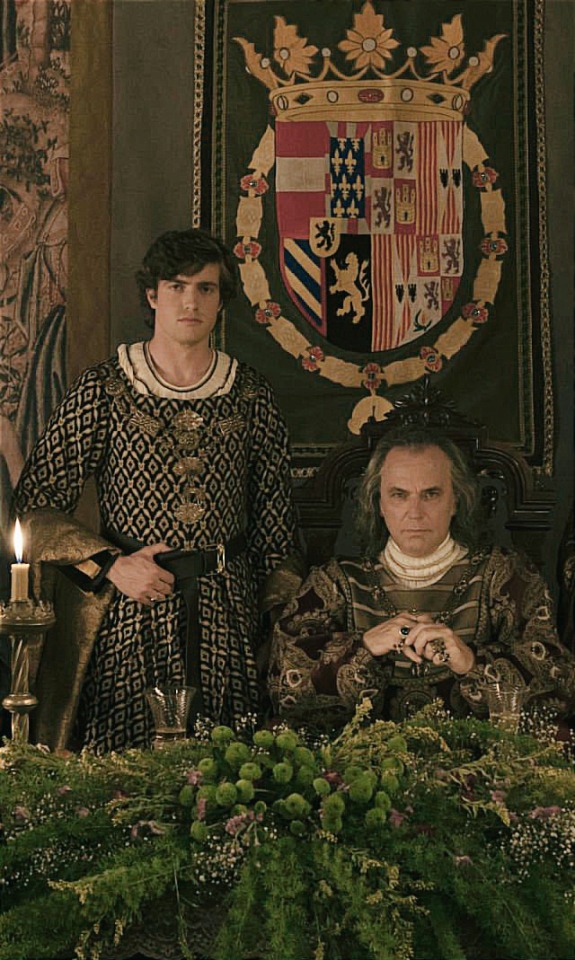

La Corona Partida 2016
Raúl Mérida as Philip The Handsome
José Coronado as Emperor Maximilian I
Irene Escolar as Juana of Castile
Úrsula Corberó as Margaret of Austria
#juana de castilla#juana of castile#philip the handsome#maximilian I#margaret of austria#la corona partida#irene escolar#raul merida#josé coronado#ursula corbero
3 notes
·
View notes
Text
Margaret of Austria is Shipwrecked and King Henry VII of England Writes to Her at Southampton – 1497
Probably by Pieter van Coninxloo
Diptych: Philip the Handsome and Margaret of Austria
about 1493-5
https://www.nationalgallery.org.uk/paintings/GROUP20
When King Charles VIII of France put into motion his plans to extend his power basis into Italy, he attacked Naples which belonged to the sphere of influence of King Ferdinand of Aragon. Holy Roman Emperor Maximilian I concluded an anti-French…

View On WordPress
#Burgundian history#Charles V#Duke of Burgundy#Ferdinand#Henry VII#Holy Roman Emperor#Isabella#Juan Prince of Asturias#Juana of Castile#King of Aragon#King of England#Margaret of Austria#Maximilian I#medieval history#Philip the Handsome#Queen of Castile#Spanish history#Women’s history
12 notes
·
View notes
Photo

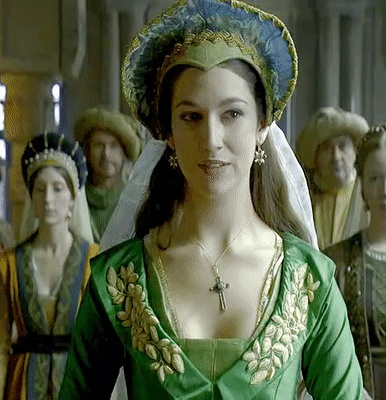
Isabella of Castile and Margaret of Austria
Margaret turned out to share many of Isabella’s interests. She was devout, like Isabella, and spent much time doing spiritual exercises from her Book of Hours, but she was also very active intellectually and was fascinated by art, as Isabella was. Both women loved fine tapestries, which were expensive luxury items at the time. Particularly valuable ones, woven from silk or wool, sometimes with golden or silver thread, could cost as much as a warship and took teams of weavers up to a year to complete. Isabella had one of the finest tapestry collections in Europe, eventually numbering some 370; Margaret showed up in Spain with seventeen in her possession, and soon Isabella gave her more.
They also liked paintings that featured women as the focal points. Scenes of women from the Bible were favorite subjects of Isabella’s, and in time they proved to be a key part of Margaret’s collection practices as well. In these years, Isabella was also putting together the set of paintings illustrating the lives of Christ and the Virgin Mary. After Isabella’s death, thirty-two of the panels were bought by Diego Flores, treasurer of Margaret of Austria, and brought to Mechelen where they were recorded in Margaret’s collection in 1516.
Isabella took joy in giving Margaret presents. The young woman loved flowers and was given many pieces of jewelry that featured botanical designs. Some included daisies, a play on the French version of her name, Marguerite, or Daisy. Isabella kept to this theme in a gift of a piece of jewelry for Margaret designed to look like a white rose. It was made of gold covered with white enamel.
Just months after his marriage to Margaret, in the autumn of 1497, the frail, over-solemn Prince Juan died. Margaret, grief-stricken, fell desperately ill herself. Isabella rushed to her side and nursed her back to health lovingly. Margaret later told her father that she thought Isabella’s ministrations had saved her life. Ferdinand and Isabella wrote to Maximilian that Margaret was ‘as strong and full of courage as you would wish her to be and we try to console her . . . we have and will have as much care of her as we would have if her husband were alive’. Margaret’s baby, however, was born prematurely and died. This tragic news—the death first of Prince Juan and then of his heir—spread across Europe. The kingdom descended into a pit of mourning. Even their enemies felt compassion for the family. After these painful losses followed the death of Isabel, queen consort of Portugal and heir presumptive of the Crown of Castile, within an hour of her son's birth.
Margaret of Austria had been staying with her inlaws, lovingly and supportively. She was close to her mother-in-law and had learned much from her about governing. Early in 1499 – crossing by land the France of which she had once been called queen – she returned to Flanders. Her departure was painful for Queen Isabella, because she had had such high hopes for Margaret’s marriage with Juan and had hoped that her intelligent and thoughtful daughter-in-law would be the mother of her grandchild and heir. Juan’s death made that dream go up in smoke, or so it seemed at the time. Margaret took up residence at her brother Philip’s court, where she had friendly relations with Juana, whom she had met three years earlier when Juana arrived as a bride-to-be. Margaret remained loyal to Spain, wearing Spanish costume to underscore her allegiance.
Sources:
Kirstin Downey, Isabella:The Warrior Queen
Sarah Gristwood, Game of Queens
https://www.khanacademy.org/humanities/renaissance-reformation/xa6688040:spain-portugal-15th-16th-century/xa6688040:16th-century-spain/v/wedding-and-a-miracle
#Isabella of Castile#Isabel de Castilla#Margaret of Austria#Margarita de Austria#Spanish history#Prince Juan
55 notes
·
View notes
Text

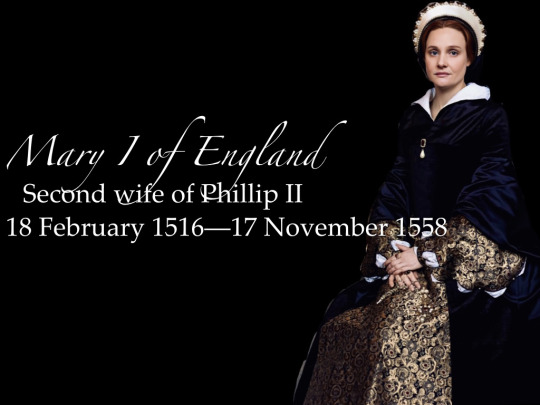




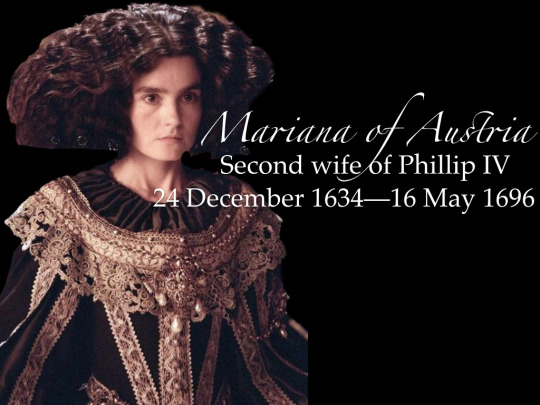

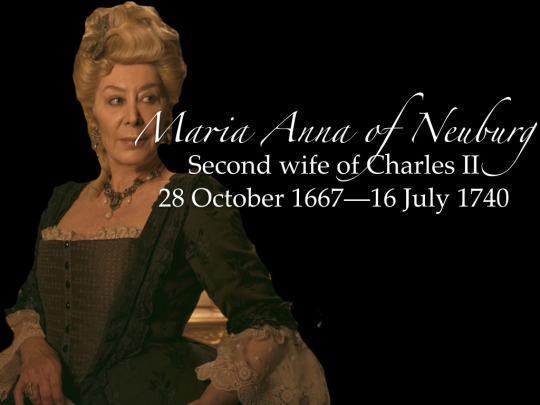
Spanish consorts of the House of Habsburg
(requested by anonymous)
#mine#my edit#history#spanish history#house of habsburg#habsburg family#isabella of portugal#mary i#elisabeth of valois#anna of austria#margaret of austria#elisabeth of france#mariana of austria#marie louise d’orléans#maria anna of neuberg#request
40 notes
·
View notes
Text

Ambrosius Benson (b.1495 - d.1500), 'A Young Woman in Prayer, reading a book of hours', oil on panel, circa 1520-1530, Dutch, currently in the collection of the Louvre, Paris, France.
Formerly considered a portrait of Margaret of Austria (b.1480 - d.1530), this figure is similar to the 'Woman at Prayers' and the same figure in 'Deipara Virgo', both by Benson, in the collection of the Koninklijk Museum voor Schone Kunsten (Royal Museum of Fine Arts) in Antwerp, Belgium.
#additionally if you look up his oeuvre he just loves painting ladies reading#ambrosius benson#unknown sitter#known artist#oil on panel#1520s#1530s#dutch#louvre#paris#margaret of austria#koninklijk museum voor schone kunsten#antwerp#belgium#book
60 notes
·
View notes
Text


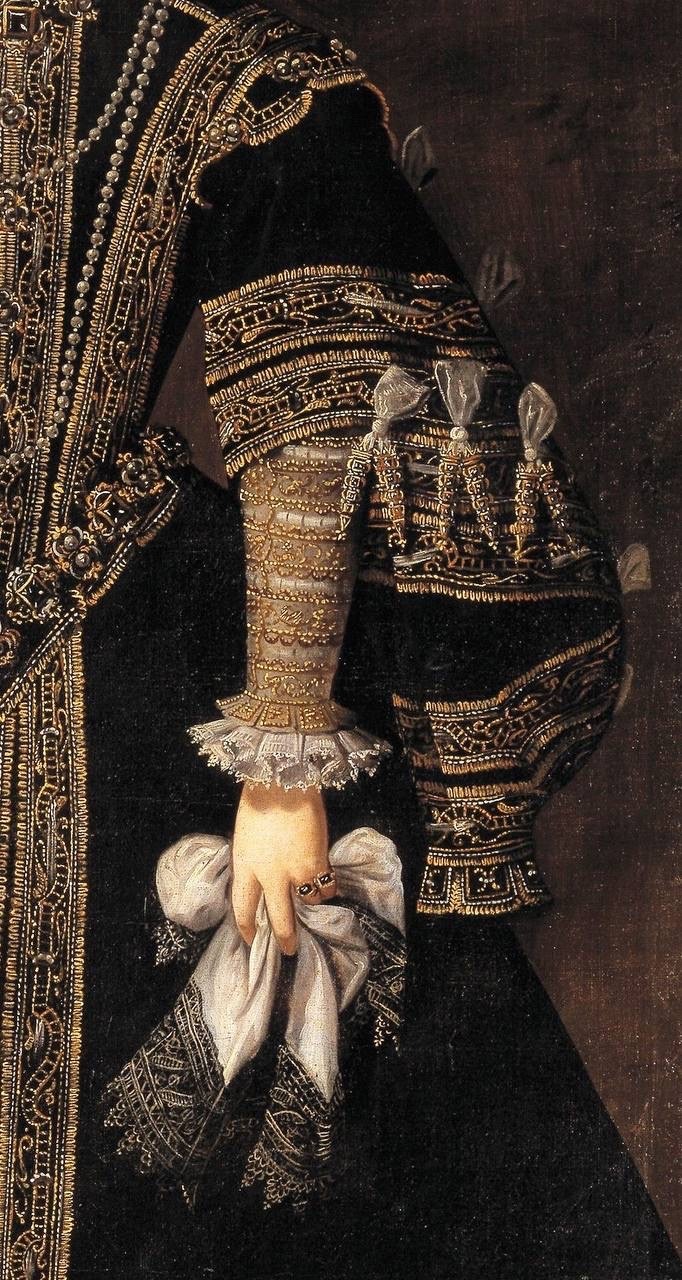
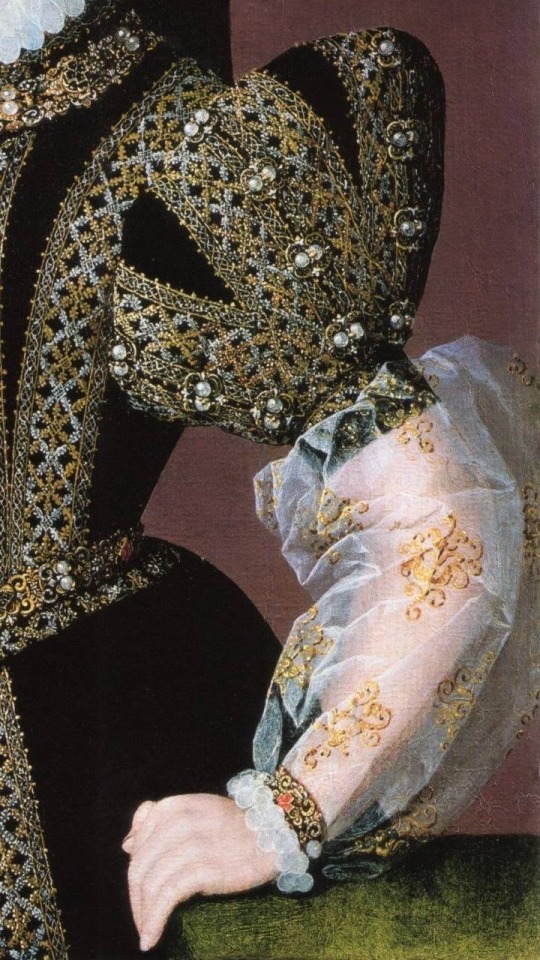
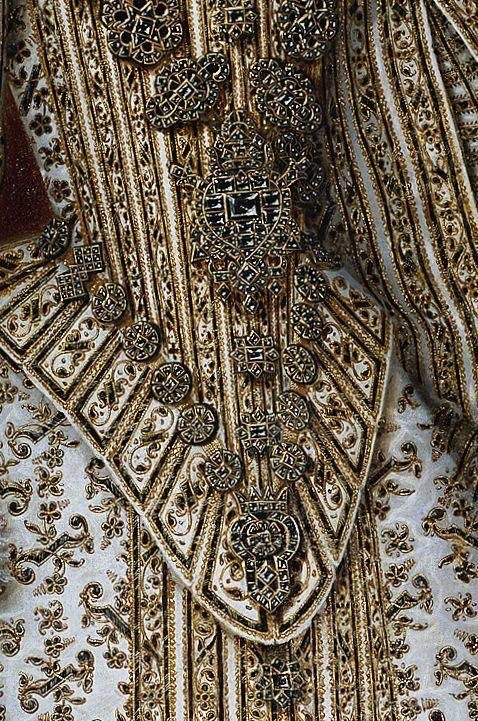


#margaret of austria#Elizabeth of France#Anna of Austria#Queen of Spain by Alonso Sanchez Coello#Isabelle- Elizabeth of France#Infanta Isabella Clara Eugenia of Spain#1600s art#drawing#Ana de Velasco y Giron by Juan Pantoja de la Cruz 1603#Juan Pantoja de la Cruz
3 notes
·
View notes
Text
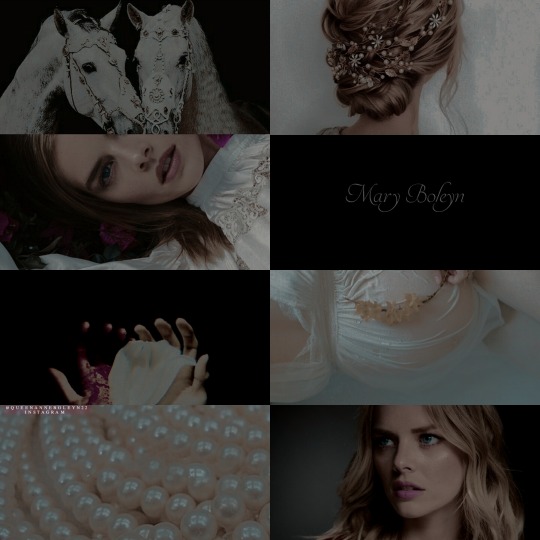
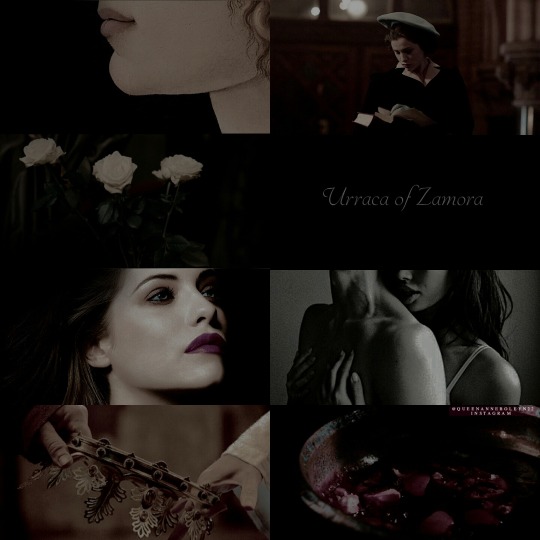



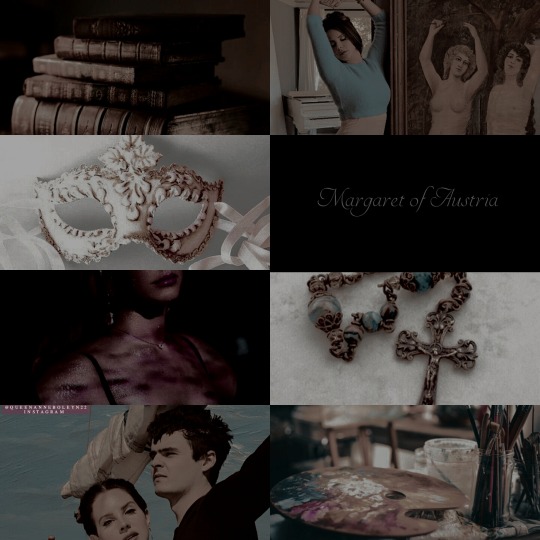
✠︎ʜɪꜱᴛᴏʀɪᴄᴀʟ ꜰɪɢᴜʀᴇꜱ x ᴍᴏᴅᴇʀɴ ᴀᴇꜱᴛʜᴇᴛɪᴄꜱ✠︎
• Countess Elizabeth Báthory de Ecsed, (7 August 1560 – 21 August 1614), was a Hungarian noblewoman and "purported serial killer" from the family of Báthory, who owned land in the Kingdom of Hungary.
• Urraca of Zamora (1033/34 – 1101) was a Leónese infanta, one of the five children of Ferdinand I the Great, who received the city of Zamora as her inheritance and exercised palatine authority in it. Her story was romanticized in the cantar de gesta called the Cantar de Mio Cid, and Robert Southey's Chronicle of the Cid.
• Catherine de’ Medici, was queen consort of Henry II of France and subsequently regent of France (1560–74), who was one of the most influential personalities of the Catholic–Huguenot wars. Three of her sons were kings of France: Francis II, Charles IX, and Henry III.
• Archduchess Margaret of Austria was Governor of the Habsburg Netherlands from 1507 to 1515 and again from 1519 to 1530. She was the first of many female regents in the Netherlands.
• Jasper Tudor, Duke of Bedford and Earl of Pembroke also called Jasper of Hatfield, was the uncle of King Henry VII of England and a leading architect of his nephew's successful accession to the throne in 1485. He was from the noble Tudor family of Penmynydd in North Wales.
• Mary was the eldest of three surviving children of Thomas and Elizabeth Boleyn. Much like her siblings, Anne and George, many details regarding Mary’s formative years remain something of a mystery, and we cannot be exactly certain in which order the siblings were born. We can, however, be fairly certain that the children were born between 1500 and 1507, at the Boleyn estate of Blickling Hall, in Norfolk.
#perioddramaedit#history#edit#history edit#lana del rey#the tudors#jasper tudor#thomas doherty#mary boleyn#samara weaving#catherine de medici#isolda dychauk#urraca de zamora#urraca of zamora#jessica de gouw#elizabeth bathory#jessica chastain#margaret of austria#fancast#modern edit#modern aesthetic#modern au#aesthetic#historical figures#modern history au#modern moodboard#english history#french history#german history#hungarian history
68 notes
·
View notes
Text

I find it so disappointing that in recent years it seems like all anyone cares about when it comes to Margaret of Austria is her brief connection to Anne Boleyn. This woman was the Governor of the Netherlands and one of the most eligible bachelorettes on the 16th century market, something she used to her advantage. It’s just sad because she was such a powerhouse and seeing people reduce her to just a brief moment of her life (and as a prop to someone else no less!) sucks
#Margaret of Austria#discourse#I guess#idk anymore#16th century#sixteenth century#northern renaissance#renaissance#netherlands#hapsburgs
54 notes
·
View notes
Text
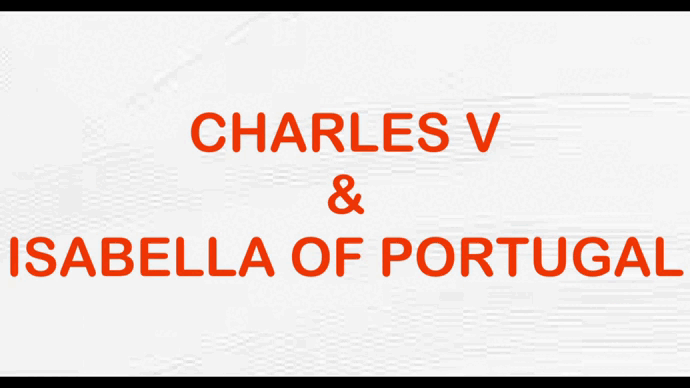



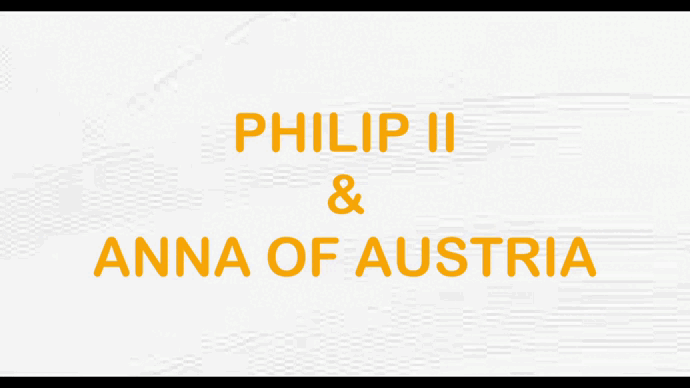



ʜᴀᴘᴘʏ ᴍ���ʀʀɪᴀɢᴇꜱ ɪɴ ᴛʜᴇ ꜱᴘᴀɴɪꜱʜ ʜᴀʙꜱʙᴜʀɢ ᴅʏɴᴀꜱᴛʏ
#charles v#Charles I of Spain#Isabella of Portugal#philip ii of spain#elisabeth of valois#isabel de valois#Carlos I de españa#anna of austria#philip iii of spain#margaret of austria#carlos rey emperador#habsburg dynasty#la princesa de eboli#michelle jenner#el ministerio del tiempo#spanish history#period drama#period drama edit#alvaro cervantes#elena rivera
42 notes
·
View notes
Text
There is little information for Anne's time in Brussels, although it is apparent that she impressed Margaret and that she rapidly learned French. It is possible that she caught her first glimpse of Henry VIII when Margaret and her court moved to Lille in August 1513 to meet with the English king and his retinue.
Anne Boleyn: In Her Own Words & the Words of Those Who Knew Her (Norton, Elizabeth)
12 notes
·
View notes
Text
Another Netherlandish painting
In wiki it is labelled as Juana of Austria(but they actually mean Juana of Castile) by Jan Gossaert, aprox 1498-1520, private collection. It is neither of Juanas. The gown is at least mid 1510s, and by that time Juana the ‘Mad’ was locked up in Spain. So who is it? Long story short: probably Margaret of Austria

Link to wikipedia: https://commons.wikimedia.org/wiki/File:Juanadeaustria.jpg
Tbhm I am not 100% sure about dating of the gown, other than mid 1510s plus.
But it is higher than Isabella of Austria ever wore it, as she left Netherlands before they went up like this.
Hence from looks of the woman, we have to decide if it is Margaret of Austria or Eleanor of Austria. Which if you’ve read previous posts about Netherlandish fashion, you know is very difficult. The aunt and niece looked very alike, and sadly this is the biggest photo of it I know, so I cannot see most of the details.
However here we have flowers, and in paintings of early 16th century-those always have some sort of meaning. They are lilies of the valley.

It’s often associated with the chastisity and purity of the virgin Mary, and is also refered to as Our Lady’s Tears. Sometimes the story is that the flower grew where tears of Eve fell, as she was being banished from Eden. In christianity it is also symbol of humility and of the second coming of Christ.
In Victorian times it started to be asociated with return of happiness and that is why we see it in wedding bouquets today.
The flower’s meaning would way better fit Margaret. Yet another of her portraits when she is saying: I am not remarrying again.
People just think it can’t be her, because they wrongly believe she wore the mourning outfit all the time.
I hope you’ve enjoyed this short post.
10 notes
·
View notes
Text




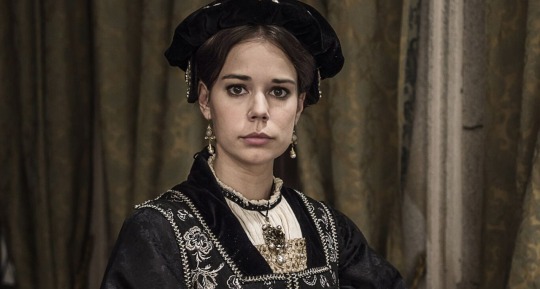
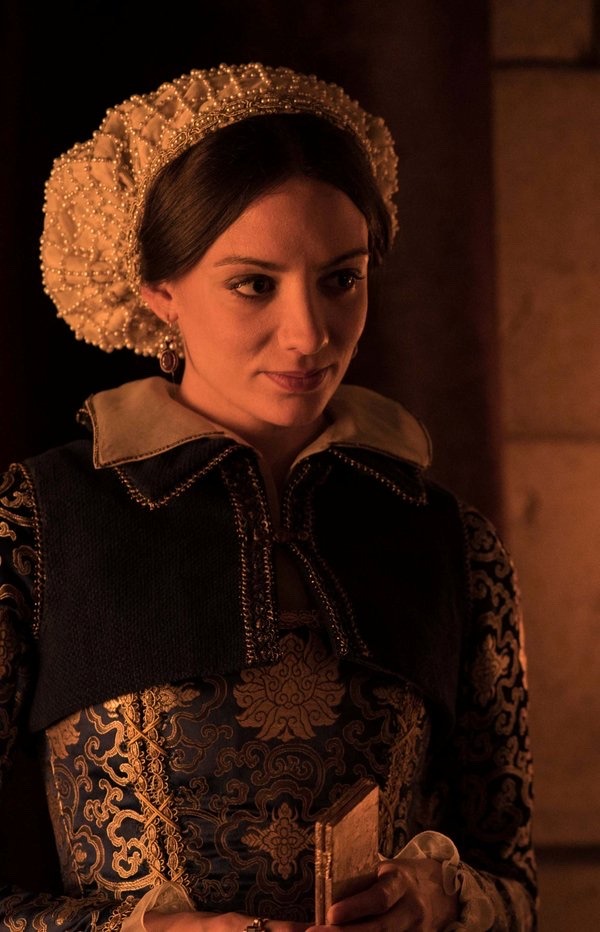


Flanders/French Renaissance Fashion
Court Fashion
#historical fashion#renaissance fashion#renaissance style#eleanor of austria#margaret of austria#court fashion
22 notes
·
View notes